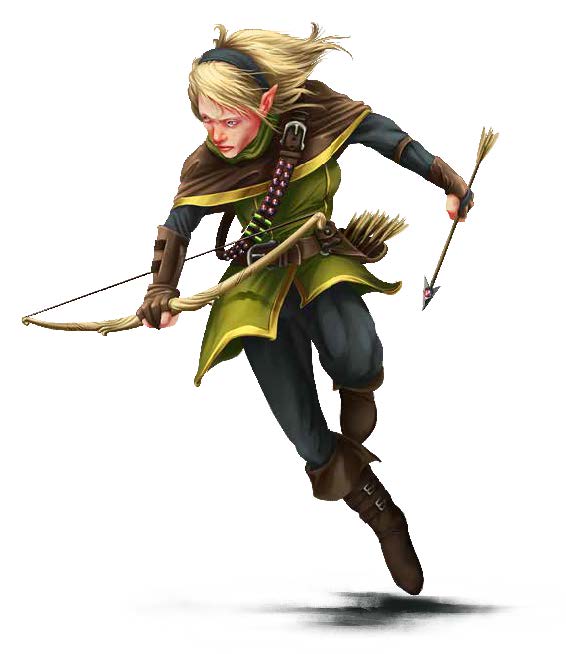
“Right, so you roll this 20-sided die, and the highest roll goes first. Then roll it again, and you’ll need to roll a 16 or higher. If you roll a 16 or higher, you’ll get to roll this other die…”
As GMs, we are often tasked with explaining the rules of our RPGs to new players. The rules to combat in tactical games (such as 5th Edition) can be some of the most complicated to learn. Players will eventually learn combat rules simply by repetition, but that can be an aggravating process. If the combat seem too daunting, then the player might be turned off from the game as a whole. Since learning rules is a part of the game, it should be enjoyable. As a GM, you can aid this learning process.
People learn in several different ways. Some learn by reading or being told all the details at once. Others learn better by example. In any case, you can make the rules easier to learn by making the rules memorable. The best way to do this is to remember that combat is a part of roleplaying. In combat, all the players, including the GM, are telling a story just as they are during social interactions and exploration. In order to do this, you’ll need to play out a combat situation, either as an example during a session zero or as the first combat new players take part in during the first session of the game. In a “live” session, you might use miniatures to help visualize the combat, making it more compelling. In a “virtual” session, make sure your battle map is interesting by including some terrain that might affect combat. Then sort through the combat not by simply identifying die rolls as successes or failures but by using them as part of the overall story.
Initiative might be the least popular part of the combat system because it doesn’t actually involve an action. It merely decides the order that the next actions will be decided in. But it is necessary to most combat systems, so how do we explain it? The need for initiative comes out of the need to convert what in real life is a flurry of simultaneous actions into something that’s manageable in the framework of a game. To explain this to new players, you should emphasize that combat revolves around players taking turns. Because each player gets a turn to decide what their character does, we need to decide what order each player makes their decisions in. If initiative appears to be distasteful, it’s worth emphasizing that we only determine initiative order once per combat, so it’s relatively painless. As the players determine their initiative rolls, describe them by saying that the ranger goes first as he had the feeling battle was imminent, and his hand was already on his bow. The wizard fumbled in her robes for an instant looking for a spell component, so she goes later in the combat.
The player playing the ranger goes first in initiative order, so they will determine if and where they move and what their action is, if any. Note that you’ll want to mention a few times that players decide what their characters do or if they do nothing at all. Taking no action or movement is always an option, whether that’s because the player determines the character is momentarily frozen with trepidation or because they don’t see a way their character could aid their friends. The first player states that the ranger will step 10 feet to the east to have partial cover behind a tree and then fire their longbow at the hobgoblin. The player then rolls a die, which is high enough to hit the hobgoblin. Describe their movement through the trees and then that the ranger draws his bow letting an arrow fly, which hits the hobgoblin in a bare spot between pieces of his makeshift leather armor. Then the player will roll to see what damage the arrow did. Since the roll is high, describe that the arrow plunged deep, and the hobgoblin fumbles to pull the arrow out, doing more damage as it pulls.
The hobgoblin takes its turn next and only has a longsword, so it must retreat or make a melee attack. You decide the hobgoblin will attack the ranger, so you describe it as the hobgoblin is furious about the arrow strike and lunges at its attacker. You roll a low attack roll that would miss the ranger, so you can describe it as the hobgoblin being so furious that their sword swing is easy to anticipate, and the ranger dodges behind the tree as the hobgoblin’s blade swipes a nearby tree bough. Continue narrating the combat in this manner until the combat finishes.
By narrating combat in this way, you give it life and make it more memorable. The more memorable you make the combat then the more memorable the rules will be. You’ve now given the rules some meaning, so the players will remember not just the order of die rolls but also the why of the order of those rolls.

Thank you for sharing this post! I recently discovered SimpleDnD and it’s been a game changer for introducing my kids to the world of RPGs – the simplicity compared to 5e has been amazing. I highly recommend checking it out at https://simplednd.wordpress.com/!